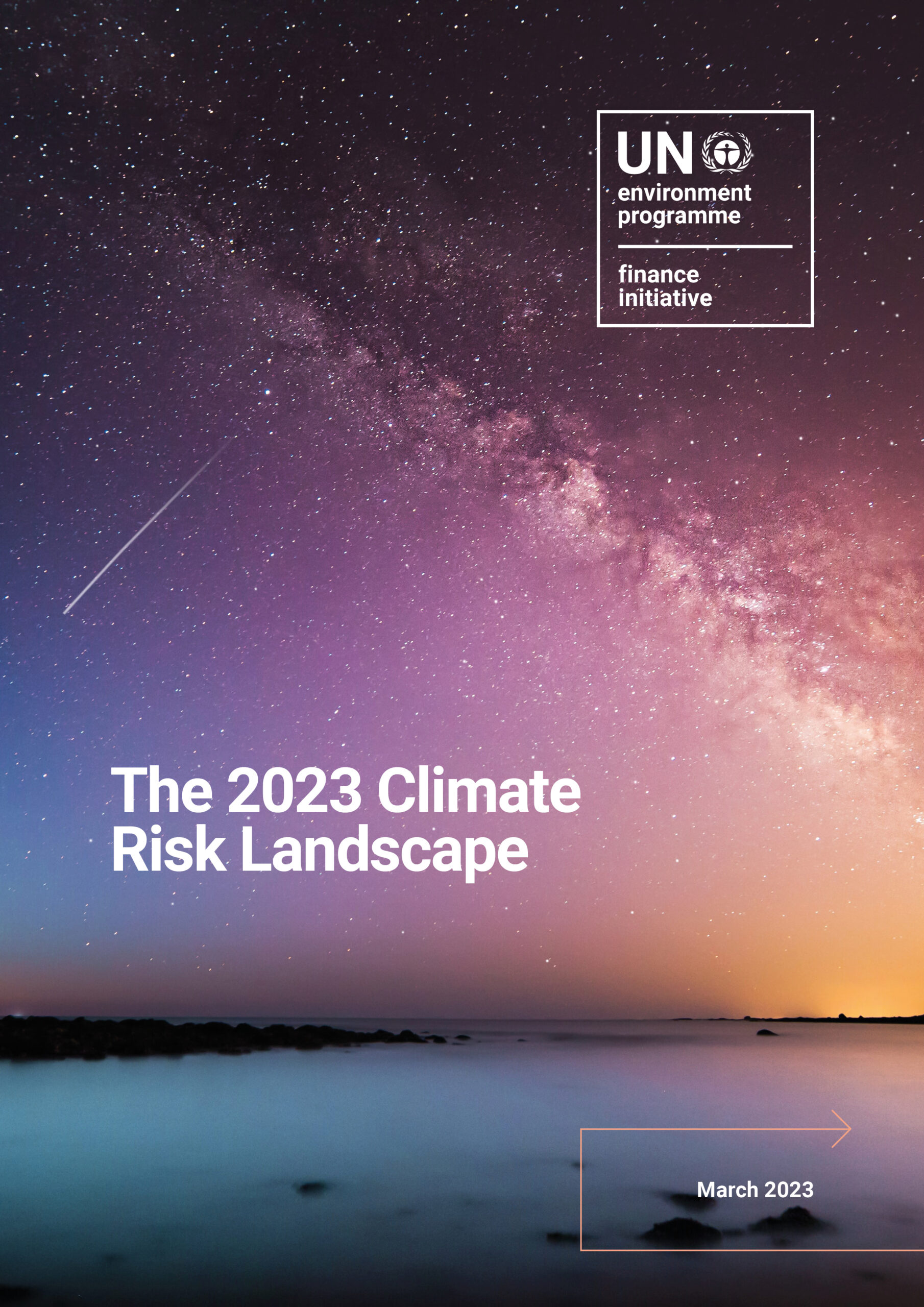Today marks the release of the new Principles for Responsible Banking (PRB) Nature Target Setting Guidance, aimed at helping the banking industry align with the Kunming-Montreal Global Biodiversity Framework (GBF) and address nature and biodiversity loss. Developed with 34 PRB signatories and key external stakeholders, the industry-first guidance aims to integrate nature considerations into the core practices and processes of banks while mobilising financial resources to bridge the annual $700 billion biodiversity finance gap.
Nature is crucial to our economic system, with approximately $58 trillion of economic value generation being moderately or highly dependent on it (PWC, 2023). The nature target setting guidance sets a clear mandate to align financial flows with the collective mission of the monumental Kunming-Montreal Global Biodiversity Framework (GBF): to halt and reverse nature loss by 2030 and achieve the vision of living in harmony with nature by 2050.
The guidance, developed by 34 PRB signatories with input and technical support from the Taskforce on Nature-related Financial Disclosures (TNFD), UNEP-World Conservation Monitoring Center (WCMC), the Science Based Targets Network (SBTN), the Convention on Biological Diversity (CBD) Secretariat and the Finance for Biodiversity Foundation (FfB), provides a systemic approach for banks to set and achieve nature targets, ensuring consistency with emerging nature frameworks, including the final TNFD Recommendations. The diversity of the banks developing the guidance, both in type and geographic contexts, also ensures the guidance is practical and effective for all, while addressing the complexity of nature target setting.
The PRB Nature Target Setting Guidance adopts a flexible approach to target setting, acknowledging the evolving nature of the field and recognising that banks are at different stages of the process. Headline targets and priority actions are provided to encourage progressive action without compromising ambition, while recognising the material financial risk posed by inaction on nature and biodiversity loss.
The guidance also highlights the interconnectedness of nature and climate action, with credible science telling us that 37% of solutions to the Paris Climate Agreement are coming from nature. By prioritising efforts to avoid harming nature through finance and integrating nature-related risks and targets, banks can also contribute significantly to climate goals.
Following this guidance, the Principles for Responsible Banking will continue working to advance the banking sector’s efforts on nature action, supporting signatories in implementing the guidance, through training and furthering efforts on impact targets and common metrics between financial industries. This guidance is a first step to enabling the financial sector to move at a faster pace towards positive impact, supporting the transition from a nature-negative to nature-positive economy.
- To read the executive summary, with key messages and summary of recommended targets & actions for banks to address nature loss, click here.
- To download the full guidance, click here.
- Read our series of 15+ case studies from 10 banks to showcase existing practices in nature-related finance, policies, strategy and client engagement, here.
- Access a consolidated list of key sectors for nature, based on existing nature sector mappings, including recommendations and guidance to assist with next engagement steps for priority sectors, here.


